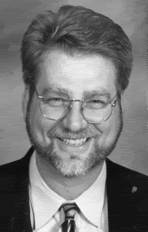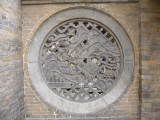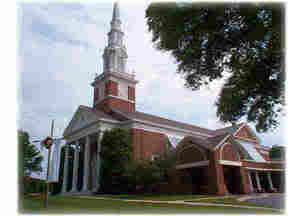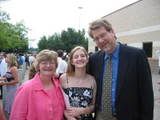john paul 2
The church, across the planet, is the body of Christ. The apostle Paul, writing to one of the earliest Christian communities, described life in this church with a simple observation: “when one suffers, all suffer together with it” (1 Corinthians 12). In the past few days many, inside the church and beyond it, have reflected on the life and legacy of the spiritual leader of over one billion Roman Catholic Christians, who comprise one-half of the world’s Christians. Pope John Paul II was a native of Poland, and grew up as an excellent student with an interest in athletics. During these years his native country was persecuted, first by Nazism and then Communism. After his ordination as a priest, he trained as a moral philosopher, and was then elevated to the roles of Bishop, Archbishop and Cardinal in his Church. In 1978 he was elected Pope, and had served in this role until his death on Saturday, April 2.
John Paul II was a complex, dynamic and forthright spiritual leader. His perception of the roles of women in society (and in pastoral leadership) was one that did not shift over time, and many felt marginalized as a result. His response to the priest sexual abuse scandals in North America seemed inadequate. He exhibited human limitations, as we all do. Indeed, one sitting in the chair of Peter would surely recall the gospel teachings about the human failures of the apostle Peter himself.
And yet John Paul clearly saw the world as his parish, taking the gospel to the nations, calling people of his own faith, other faiths and even no faith to abundant life. Much is made of his use of innovative communications, but it should be noted that, once given a platform from which to speak, he actually had something to say! His training in moral philosophy was seen clearly in his advocacy for a culture of life: he was opposed to birth control and euthanasia, but also to capital punishment, the practice of torture and the war in Iraq. Through the influence of the Vatican he weighed in on the deaths of both Karla Fay Tucker (who was executed by the state) and Terri Schaivo (from whom life-support was withdrawn). His opinions, consistently on the side of life, were either received or ignored by leaders of political institutions, depending upon their own aims and agendas.
Apart from his teaching, John Paul II seemed to embody a personal holiness and a compassion for all who suffered persecution. Having made a pilgrimage to Yad Vashem, the Holocaust memorial in Jerusalem, I was deeply moved by the Pope’s visit to that site, and his prayer, inserted into the crevice of the Western Wall:
“God of our fathers, you chose Abraham and his descendants
to bring Your name to the nations: we are deeply saddened
by the behavior of those who in the course of history
have caused these children of Yours to suffer
and asking Your forgiveness we wish to commit ourselves
to genuine brotherhood with the people of the Covenant.”
(Jerusalem, 26 March 2000)
In a fractured world, John Paul II seemed to personify the dream of human unity. The word “religion” literally means “to tie together”. He was shaped by deep intellectual and spiritual convictions, and yet he offered love to all people. His grounding in Christianity, and yet his openness to people of other faiths, are a remarkable legacy. He spoke with authority, and yet he asked for forgiveness.
For these reasons, and for many others, those of us who are not Roman Catholics can be genuinely grateful for the life of John Paul II.




 Carter's Roost
Carter's Roost




0 Comments:
Post a Comment
<< Home